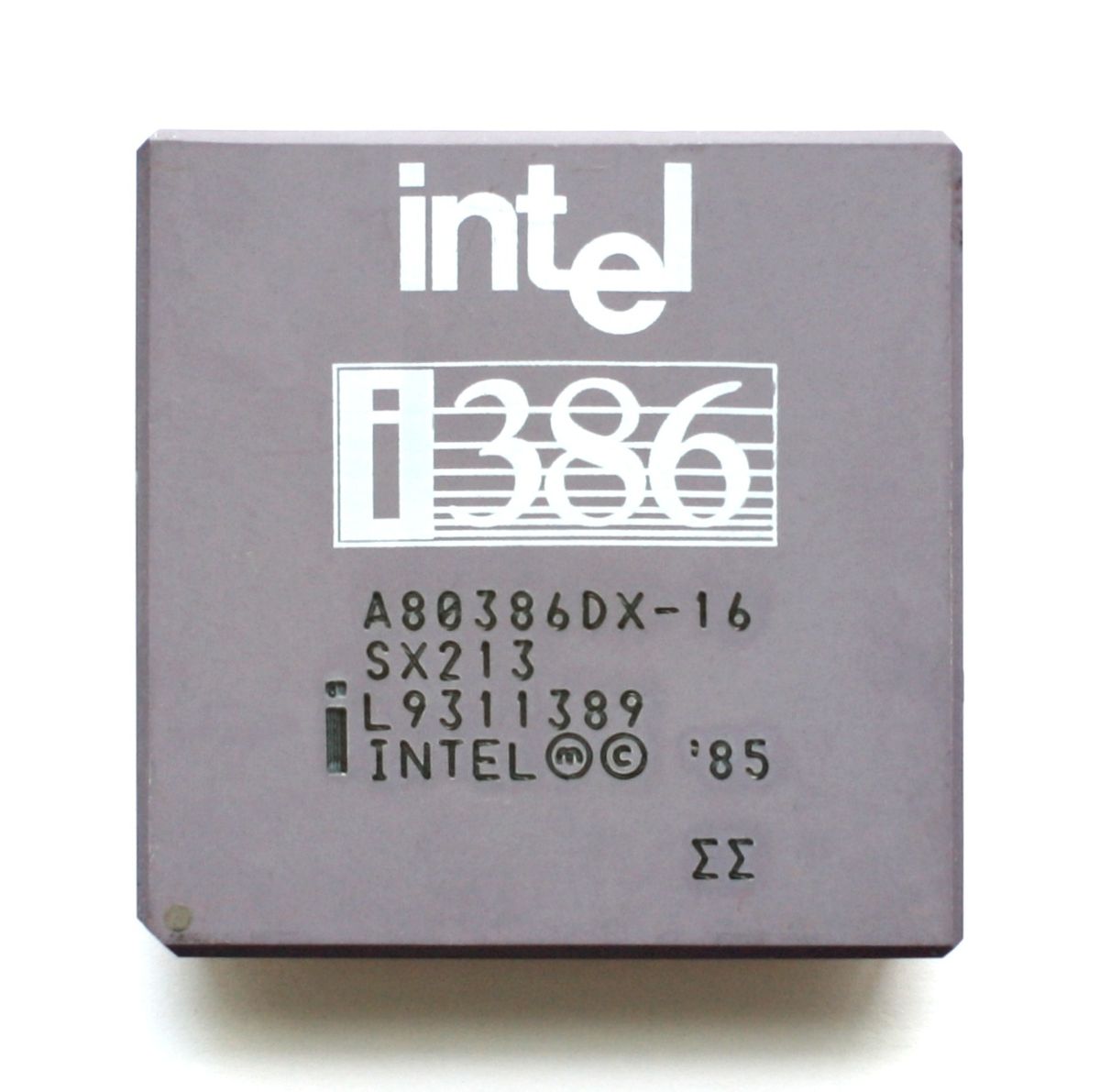I once fucked up my grub.cfg, wrote over the part needed to unencrypt. Had no idea what had happened. Was a fun night :)
This was probably before you used BTRFS, right? RIGHT?!?
I don’t know much about btrfs, how would that help ?
You can use snapshots. Like f up something, roll back a snapshot from an hour ago, all is good and dandy 😉.
Can’t relate to be honest, I have a life and use Fedora
Nuke the boot loader and burn your compiled code directly onto the bare metal the way the designers intended.
OK, how do we do that?
Gotta be real precise with a lighter
I bout a new HDD and installed linux mint. Works fine except for two major things. Related to the post, I cannot get the bootloader to find windows 10 no matter what I do. I might try to swap the windows drive to sata slot 1 and see if that (a) still works for windows and (b) gets grub2 working. For now, I have to go into the BIOS and mess with the boot order there to switch.
The second problem, not related, is there doesn’t appear to be any fan control software that works for my MSI motherboard’s CPU fan (lmsensors doesn’t see any sensors related to it) so the fan constantly runs even when it’s fine in silent mode on windows with regard to temperature. I have trouble with certain sounds (and trouble hearing over background sounds in general) so this is actually more of a dealbreaker than the bootloader.
For now, I have to go into the BIOS and mess with the boot order there to switch.
Why not just use the BIOS boot menu?
The second problem, not related, is there doesn’t appear to be any fan control software that works for my MSI motherboard’s CPU fan (lmsensors doesn’t see any sensors related to it) so the fan constantly runs even when it’s fine in silent mode on windows with regard to temperature. I have trouble with certain sounds (and trouble hearing over background sounds in general) so this is actually more of a dealbreaker than the bootloader.
Try setting that from the BIOS, let the BIOS control the fan’s RPM, not the OS. You can even make a custom RPM curve on modern BIOSes.
MSI has a Windows utility to control the fans as desired. I don’t think there’s a BIOS boot menu, but I will check.
EDIT:
Fan curves are apparently in “Hardware Monitor” because that makes sense. Blah. I still have to tweak more, or maybe Linux is just running hotter on my machine, but improvement has happened.
I didn’t realize my BIOS could have a boot menu pop up because the splash screen disappears instantly. Problem solved. Thank you!
It shouldn’t run hotter. In fact, everyone reports lower lower temps in Linux than in Windows for the same loads, regardless of CPU architecture and age. Just means it needs more tweaking.
Thank you!
No prob 👍.
I’ve been struggling with the boot loader for four days now and now my laptop boot loops and I can’t even access my primary OS (still windows) and can only access Ubuntu via flash drive. So yeah this meme is too fucking on.
Chroot into the main Ubuntu partition from the live USB and update GRUB.
I just killed my desktop environment but the bootloader works.
That is good news actually.
I had used Arch for years before and never once messed up my bootloader. What are yinz doing over there?
My problems are usually during the installation, not necessarily related to Arch, but more so that EFI requires its own partition. I’ll partition my disk, forget that I need a FAT32 partition and then have to destroy a partition so I can add in the EFS . The other problem I’ve had is that the bootloader entry sometimes doesn’t get written after installation, so you reboot and then nothing, so you have to boot back into the ISO, remount everything, reinstall the bootloader (in my case, Grub), and reboot again.
You probably had it installed in MBR mode. UEFI boot is why there are so many problems of this kind nowadays. Switch to MBR, the problems go away.
PA dripping off this comment
Nyehehe :3
Started using UEFI booting with secure boot. Much easier to fix and work with.
Was upgrading Devuan and something happened with grub-update, could be my btrfs subvol setup?
Anyway a rescue boot, chroot and grub-update later, and it’s running great again.
MBR is so easy to understand. UEFI, has so many things to understand EFI, ESP, MOK, signing procedures and signing chains, … it’s just so darn complicated.
Yep. Plus, the less the firmware knows what you’re booting, the better.
- Disable secureboot
- Things just work
And in the end you just remove the need for a physical attacker to use whatever vulnerability there is in your EFI implementation anyway.
Things just work
Yeah, if you have only one OS. Or when you have more than one, but the other one doesn’t constantly try to fuck up the first one.
MBR is easy in this regard. Windows never touches the MBR magic, even when updating, so it’s all good. GRUB keeps the MBR in check, Windows doesn’t meddle, everything’s hunky dory in MBR boot land.
Windows never touches the MBR magic
I get you’re young from that statement alone.
I’m not (38). I should have been more precise, Windows doesn’t touch the MBR magic any more.
Ah yes, simplicity. MBR, with all its limitations had one killer feature: it was extremely simple.
UEFI, as powerful as it is, is the opposite of simple. Many moving parts, so many potential failure points. Unfortunately, it seems like modern software is just that: more complex and prone to failure.
True, but… When MBR Grub drops to rescue or doesn’t appear at all, it’s not only difficult (at least for newbies) but somewhat random if you can actually boot a given OS. With EFI Grub, I’ve often managed to boot using BIOS boot override to launch a usable Grub configuration.
You just fix grub with a live usb, it’s not that difficult.
“Not that difficult” but still more difficult than being able to boot without a separate live USB drive.
OK, I would agree with that.
Actually grub 0.x series had much more useful rescue shell tab completion than the latest release. You could easily list all boot devices, partitions, and even filesystems and their contents. All from the rescue shell. Consequently, you could boot into Linux and reinstall grub in the MBR to fix it. All that without using a boot CD/USB! Good luck doing that with the latest version of grub and UEFI.
Also getting into the BIOS on legacy firmware was also very simple. On most machines it’s the three finger salute followed by either F1, Delete or rarely F11 or F12.
The boot process was simple, and the BIOS had just one simple task: load and execute the first 512 bytes of the disk that was designated as the boot device. That’s it.
Asus --> Del - Enter BIOS, F8 - Boot menu (very confusing since Windows also uses F8 for the recovery mode boot menu, so you have to press F8, then when the boot menu appears, chose the boot device, then have one hand on Enter and the other on F8 again, so that you hit Enter and start tapping like crazy on F8 to enter the rescue mode menu… annoying as hell)
GigaByte --> Del or F2 - Enter BIOS, F12 - Boot menu, Alt + F10 - Copy main BIOS to backup BIOS
MSI --> Del or F2 - Enter BIOS, F11 - Boot menu
ASRock --> Del or F2 - Enter BIOS, F11 or F10 - Boot menu
Biostar --> Del - Enter BIOS, F9 - Boot menu
Intel --> F2 - Enter BIOS, F10 or F12 - Boot menu
I used to remember some of the brand name PCs as well, but time has gotten the best of me 🤷.
The boot process was simple, and the BIOS had just one simple task: load and execute the first 512 bytes of the disk that was designated as the boot device. That’s it.
This is actually what I love about MBR nowadays. It’s simple enough so no one wants to mess with it and render the rig unbootable and obscure enough so no one (MS) actually checks if there is anything there that might trigger warnings (non-MS code).
I work in IT for many years and I think your last sentence is very true. And is also why the industry is so lucrative haha
Exactly why old devices are so hard to break - they’re incredibly simple.
To be honest, I see nothing wrong with MBR boot, it does the job, I’ll use it till I can or till it doesn’t do the job I want/need.
No need to fix it, the bootloader is safely installed on a write-protected floppy disk
I feel this.
Although my last bootloader is adventure was pretty easy…installed a completely separate drive for Linux and wanted to boot off of that drive (sdb). A bug in the Linux mint installer put the bootloader on my the windows drive instead (sda).
Was fairly straightforward to switch over though (change in fstab then installing grub). I use the bios boot selector (F11) for me to select either the win loader or my Linux mint efi.
Am switching over to Linux as primary driver. So tired of nags, ads, “switch to Edge”, long updates, etc. love being able to ssh+x onto that (relatively beefy) box from my laptop and run ides and such.
Start using and efistub and never worry about boot loaders again!
systemd-boot is a reasonable compromise. i like it
The reality is that a bootloader will seemingly always be needed to account for difficult BIOS’ and legacy setups (I’m looking at you, dual-booted Ubuntu 20.04).
Naah I just disable secure boot altogether, then you don’t have to worry about all that TPM security theatre.
You don’t need secure boot to use EFI. It’s better all around regardless of SB.
Fair enough I don’t miss the old BIOS.
Yeah, but Windows 11 needs it.
Can be disabled though. Easiest way - use Rufus when burning the USB.
Fun fact, you can also install Win11 in MBR mode, no UEFI needed whatsoever.
Honestly can’t remember the last time I had a bootoader issue. Don’t get me wrong, I’ve broken plenty of other things.
Windows 7 used to thunderfuck grub at random every few updates just to keep everyone on their toes.
Nice new verb you got there. Thunderfuck, indeed!
Did it stop after W7? I feel like it still does this at every opportunity, be that W10 or W11
UEFI boot is why this happens. In MBR, Windows doesn’t check or update the MBR magic, thus GRUB is left alone.
Installed in MBR mode 🤨? Cuz Win7 does support GPT, but not UEFI boot AFAIK.
Don’t remember choosing. Feel like uefi was new fangled at the time.
You don’t choose. If the installer boots in UEFI, it installs the OS in UEFI, if it boots in MBR, it installs in MBR. The same logic applies to both Windows and Linux.












